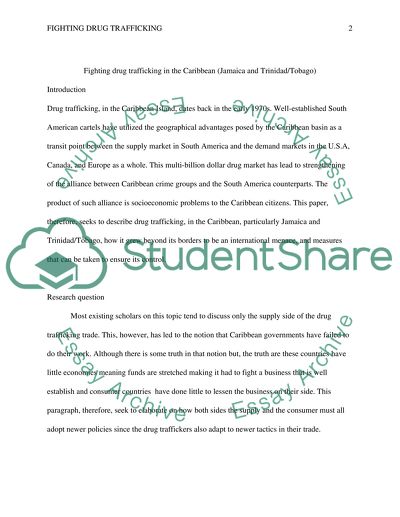Cite this document
(“Fighting drug trafficking in the carribbean (jamaica and Thesis”, n.d.)
Retrieved from https://studentshare.org/history/1595051-fighting-drug-trafficking-in-the-carribbean-jamaica-and-trinidadtobago
Retrieved from https://studentshare.org/history/1595051-fighting-drug-trafficking-in-the-carribbean-jamaica-and-trinidadtobago
(Fighting Drug Trafficking in the Carribbean (jamaica and Thesis)
https://studentshare.org/history/1595051-fighting-drug-trafficking-in-the-carribbean-jamaica-and-trinidadtobago.
https://studentshare.org/history/1595051-fighting-drug-trafficking-in-the-carribbean-jamaica-and-trinidadtobago.
“Fighting Drug Trafficking in the Carribbean (jamaica and Thesis”, n.d. https://studentshare.org/history/1595051-fighting-drug-trafficking-in-the-carribbean-jamaica-and-trinidadtobago.


